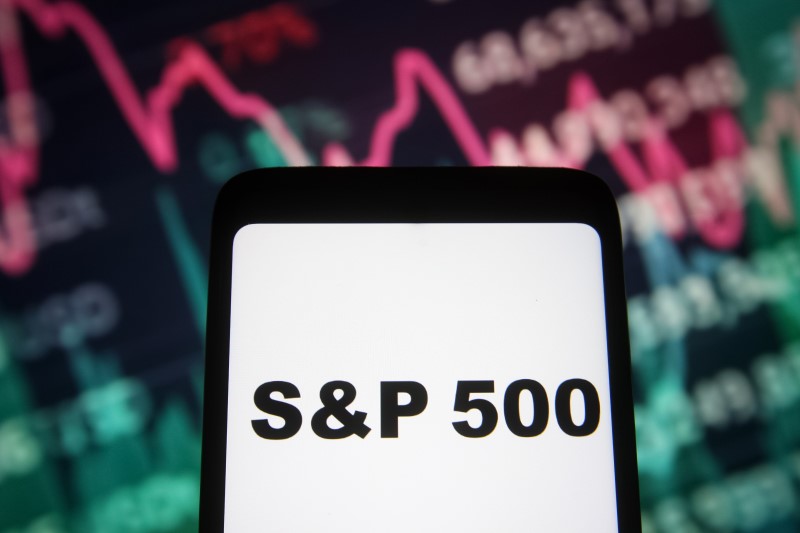Headline: U.S. Business Activity Rises in October as Prices Ease
In October, business activity in the United States rose, supported by strong demand, while there were signs that inflationary pressures were easing. The S&P Global U.S. Composite PMI Output Index, which encompasses both manufacturing and service sectors, slightly increased to 54.3 from 54.0 in September. A reading above 50 indicates growth, suggesting that the private sector is expanding.
Retail sales data imply that the economy gained momentum in the third quarter. The Atlanta Federal Reserve's current estimate forecasts GDP growth at an annual rate of 3.4% for the last quarter, following a 3.0% growth rate in the second quarter. The official advance estimate of third-quarter GDP is expected to be released next Wednesday.
Chris Williamson, chief business economist at S&P Global Market Intelligence, stated, "Business activity continued to grow at an encouragingly solid pace in October, extending the economic upturn seen since the beginning of the year into the fourth quarter."
The survey showed that the average prices charged by businesses for goods and services fell, dropping from 54.6 in September to 51.6, the lowest level since May 2020. This decline reflects a resistance stemming from consumers facing inflation by opting for cheaper alternatives and trading down in their purchasing choices.
The Federal Reserve's Beige Book, released on Wednesday, also confirmed this consumer behavior, presenting a mixed report on consumer spending with a tendency towards more economical options.
Businesses also noted a decline in input costs, as the measurement of prices paid decreased from 58.8 in the previous month to 58.1. This moderation supports the view that the rise in consumer prices observed in September might have been a temporary occurrence.
Inflation is expected to ease back towards the Federal Reserve's 2% target. The central bank last month initiated an easing cycle with a significant half-point rate cut, lowering the policy rate to the 4.75%-5.00% range. This followed a cumulative 525 basis point increase in 2022 and 2023 aimed at curbing inflation.
Easing price pressures have strengthened demand, as evidenced by the survey's new orders measure rising to 54.2 from 52.5 in September.
Although employment levels did not see a significant increase, the S&P Global survey highlighted that job losses in the services sector were more due to not replacing departing staff rather than layoffs.
The manufacturing sector, which accounts for 10.3% of the U.S. economy, saw a slight improvement in its PMI, rising to 47.8 from 47.3 last month, contrary to economists' expectations of a decline. The services sector PMI edged up to 55.3 from 55.2 in September, surpassing expectations.


